✓ Joining us on our Whatsapp Channel: 💬 Explore and Escape!.
Booking through us:
✓ 🏩 🛌 Handpicked Luxury Stays in Budget: Booking.com | Agoda.com
✓ 🍹⛱️ Deals on Private xfers, SIM Cards, City tours, Day trips : 📍🗺️ GetYourGuide | 🛵🧳 Klook
There are an array of things to do in Japan, with Shingu sharing quite a few of those!
Shingu is a hidden gem nestled in the heart of Japan, brimming with traditional culture and mesmerizing natural landscapes.
Whether you’re seeking spiritual enlightenment, adventure, or simply a getaway from the hustle and bustle of modern life, this charming town has something to offer for everyone.
It’s a place where time seems to slow down, and every moment is spent in awe of the wondrous sights that surround you.
So, if you’re ready for an unforgettable experience, let’s explore the top things to do in Shingu.
Without further ado listed below are some of the most fun things to do in Shingu:
1. Kumano Hayatama Taisha Shrine
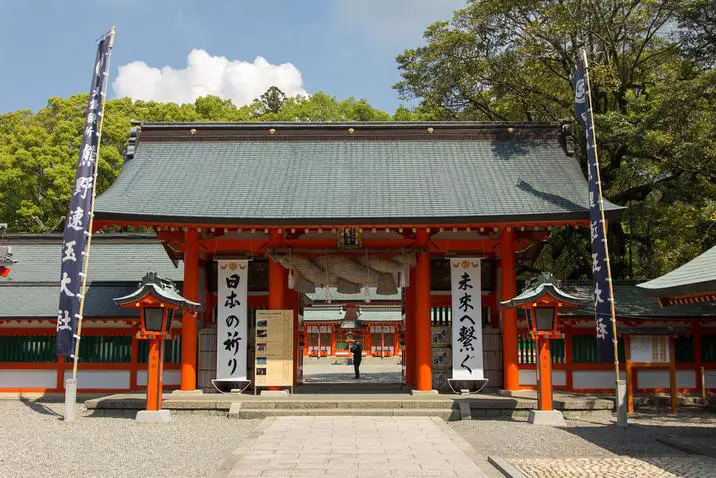
Kumano Hayatama Taisha is one of the three grand shrines in Kumano and a UNESCO World Heritage Site.
What to see or do: Visitors can marvel at the ancient shrine’s architecture, rich history, and natural surroundings. Explore the area around the shrine, which is full of stunning mountain and ocean landscapes.
Don’t miss: Don’t forget to see the Kamikura Shrine, which is a shrine located at the base of Nachi Mountain accessible only by climbing a steep 538-step staircase.
Insider travel tips: To avoid the crowds, plan your visit during off-peak months like November-early December, January-February, and June-August. Visitors should also try to book accommodations in advance as the area can get quite busy during peak travel times.
2. Nachi Waterfall
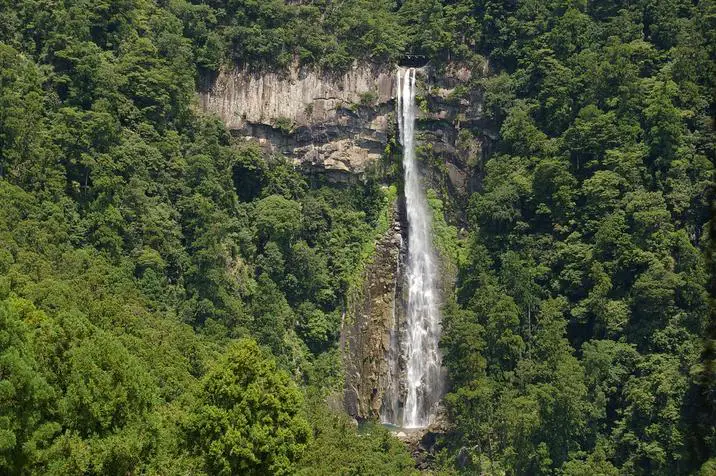
A spectacular 133-meter-high waterfall located in Nachikatsuura, a town in the Wakayama Prefecture of Japan.
What to see or do: Admire the stunning views of the waterfall cascading down the rocks, take a refreshing dip in the natural pool, hike through the surrounding forested hills, and visit the Seigantoji Temple and the Kumano Nachi Taisha Shrine located nearby.
Don’t miss: Seeing the Nachi no Taki Fire Festival held annually on July 14th, during which traditional torches are lit and carried down to the base of the waterfall.
Insider travel tips: Visit the waterfall early in the morning to beat the crowds and enjoy some peaceful time in nature. Take the Nachi Ropeway to the top of the falls for panoramic views of the area.
Wear comfortable shoes as the area can be slippery and rocky. Don’t forget to try the local specialty, Nachi beef, at one of the nearby restaurants.
3. Kamikura Shrine
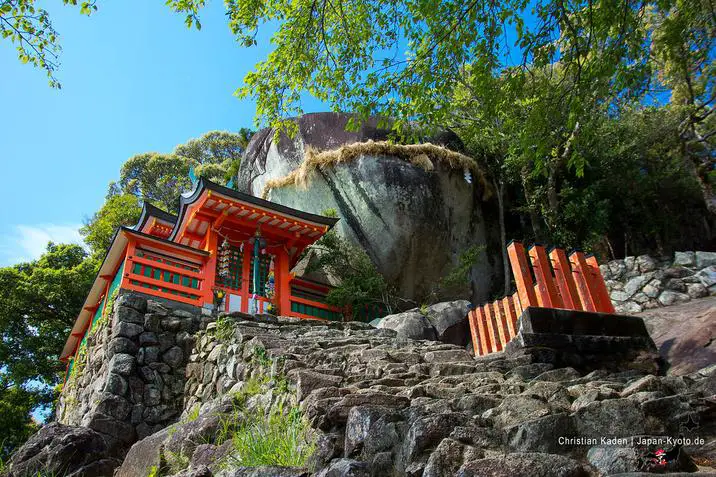
Kamikura Shrine is a small yet beautiful Shinto shrine located in the mountainous region of Kumano in Shingu, Japan.
What to see or do: Visitors can hike up through the lush forest to reach the shrine, which offers stunning views of the surrounding scenery. Inside the shrine, visitors can admire the rustic architecture and peaceful atmosphere.
The shrine is believed to house the spirit of a Japanese demigod, making it a significant religious site for the locals.
Don’t miss: Be sure to check out the sacred waterfall located next to the shrine. The waterfall is said to be a place for spiritual cleansing and is often used in purification rituals.
Insider travel tips: The hike up to Kamikura Shrine can be quite strenuous, so be sure to bring comfortable walking shoes and plenty of water.
It is also recommended to visit early in the day to avoid crowds and to fully appreciate the serene atmosphere of the shrine.
4. Kumano Kodo pilgrimage routes

The Kumano Kodo pilgrimage routes are a network of ancient trails that lead to the Kumano Sanzan, three grand shrines in the mountainous Kii Peninsula.
Shingu is the gateway to this UNESCO World Heritage site.
What to see or do: Hike through the verdant forests and picturesque villages of the Kumano Kodo, and soak in the scenic beauty of the Kii Mountains.
Marvel at the architectural splendor of the Kumano Sanzan shrines, which have been revered as sacred sites for over 1000 years.
Along the way, encounter hot springs, traditional inns, and exquisite local cuisine.
Don’t miss: The stunning Nachi Falls, one of the tallest waterfalls in Japan, and the Kumano Hongu Taisha, the grandest shrine on the Kumano Kodo.
Insider travel tips: Try to avoid peak pilgrimage season (July-August) to have a more tranquil experience.
While the trails are generally well-maintained, be sure to wear sturdy shoes and bring rain gear as the weather can be unpredictable in the mountains.
Don’t forget to try the local delicacies, such as yunohana, a hot-spring-cured dried tofu, and umeshu, a plum liqueur made in the region.
5. Hayatama Shrine
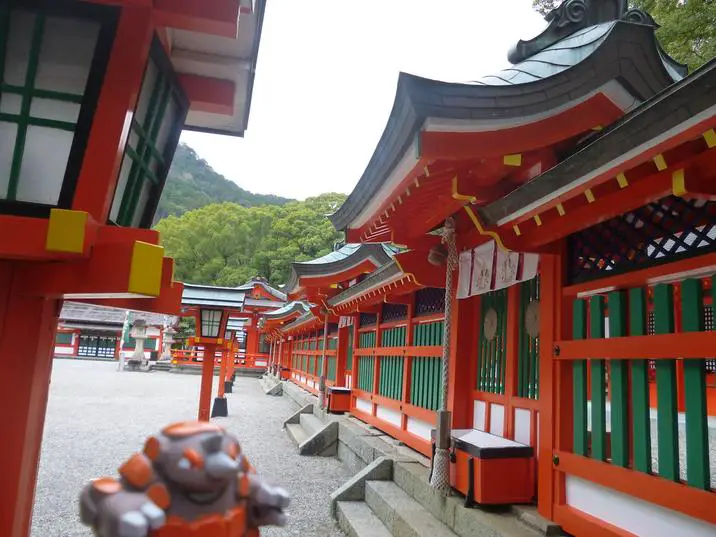
A Shinto shrine located in the city of Shingu, Wakayama Prefecture, Japan.
What to see or do: The shrine serves as one of the three main Kumano shrines on the Kumano Kodo pilgrimage route.
Visitors can see the impressive torii gate that stands in the sea and admire the beauty of the surrounding nature, including tall cedar trees and the Nachi River.
Don’t miss: The Main Hall of the shrine, which is said to have been built in 1156 and is designated as a national treasure of Japan.
It features intricate wood carvings and decorations that showcase traditional Japanese craftsmanship.
Insider travel tips: Be sure to check out the Kamikura Shrine, located on the hill behind Hayatama Shrine. It offers a stunning view of the surrounding area.
Also, try to visit during the annual festival held in October, when the shrine’s treasures are displayed and a procession of locals in traditional attire takes place.
6. Shingu Castle Ruins
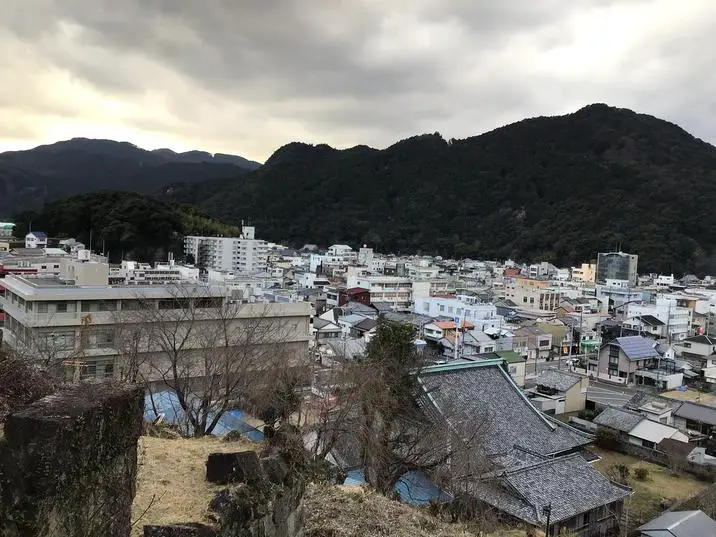
Shingu Castle Ruins is a historic site located in Shingu, Wakayama Prefecture, Japan.
What to see or do: Visitors can explore the ancient castle grounds and discover the ruins of the castle tower and other structures. The site offers stunning views of the surrounding mountains and the nearby river.
Don’t miss: The cherry blossom trees that bloom in spring and paint the castle ruins in a pink hue, creating a picturesque view that will be etched in a traveler’s memory.
Insider travel tips: Wear comfortable shoes as there are walking paths and stairs. Visit during the weekdays to avoid crowds and be sure to bring a camera to capture the breathtaking view.
7. Jiunji Temple

Jiunji Temple is a serene and beautiful Buddhist temple located in the city of Shingu in Wakayama prefecture, Japan.
What to see or do: Visit the temple’s main hall, which features elegant and intricate wood carvings and houses a statue of Amida Buddha. Explore the beautiful gardens surrounding the temple, which feature traditional Japanese landscaping and a pond filled with colorful carp.
Take a stroll through the nearby Torii gate and stone lantern-lined pathway that leads up to the temple.
Don’t miss: The temple’s many seasonal festivals, including the cherry blossom festival in spring and the autumn leaves festival in fall, which feature traditional music, dance, and food.
Insider travel tips: Try to visit the temple early in the morning, when the temple is less crowded and the gardens are at their most peaceful.
Bring an offering to the temple as a sign of respect, such as an incense stick or a candle.
If you have time, take a hike up to the nearby Nachi Taisha, a stunning Shinto shrine that is one of Japan’s most sacred sites.
8. Kumano Nachi Taisha Shrine
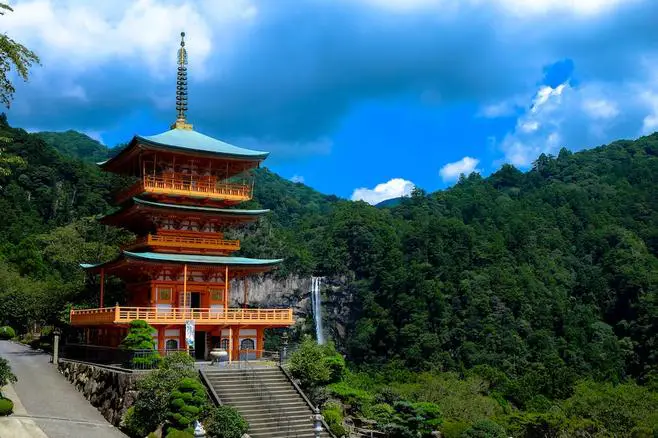
A UNESCO World Heritage site and one of three grand shrines in the Kumano region of Japan.
What to see or do: Experience the ancient and spiritual ambiance while exploring the various parts of the shrine such as the Kamikura shrine, the Nachi waterfall, and the Seiganto-ji temple.
Don’t miss: Witness the powerful Nachi waterfall cascading down into the valley and take a guided tour to discover the rich history and stories behind the Kumano Nachi Taisha Shrine.
Insider travel tips: Plan your visit around the Nachi Fire Festival held annually on July 14th. Make sure to wear comfortable shoes and clothing as the site involves climbing a number of stairs.
Combine your visit with a Kumano Kodo pilgrimage trail hike or nearby hot springs to make the most of your trip to this enchanting part of Japan.
9. Fudarakusanji Temple

A stunning Buddhist temple nestled in the forested mountains of Shingu, Japan.
What to see or do: Marvel at the impressive 720 statues of Buddha, explore the peaceful gardens filled with cherry blossom trees and experience a traditional tea ceremony at the temple’s tea house.
Don’t miss: The temple’s main hall, which boasts stunning architecture and intricate wooden carvings.
Insider travel tips: Wear comfortable shoes as it’s a steep climb up to the temple. Visit during cherry blossom season for an extra magical experience.
Be sure to try the matcha tea and traditional Japanese sweets at the tea house.
10. Kumanokodo Nakahechi Museum of Art

Kumanokodo Nakahechi Museum of Art is a contemporary art museum located in the historic Kumano Kodo pilgrimage route in Shingu, Japan.
What to see or do: The museum boasts a unique collection of Japanese contemporary art by artists such as Taro Okamoto, Yayoi Kusama, and Yoshitomo Nara.
The exhibitions showcase a variety of mediums, including painting, sculpture, and installation pieces.
Visitors can also take a stroll through the beautiful outdoor garden, which features a koi pond and a traditional tea house.
Don’t miss: Be sure to check out the museum’s permanent collection exhibit, which focuses on the theme of “Human and Nature.
” One highlight is Tatsuo Miyajima’s “Sea of Time-TOHOKU,” a mesmerizing installation of glowing LED digits that represents the cycles of life, death, and renewal.
Insider travel tips: – The museum is located near the Kumano Kodo pilgrimage route, so take the opportunity to explore this historic trail and soak in the tranquil natural surroundings.
11. Mitarai Valley
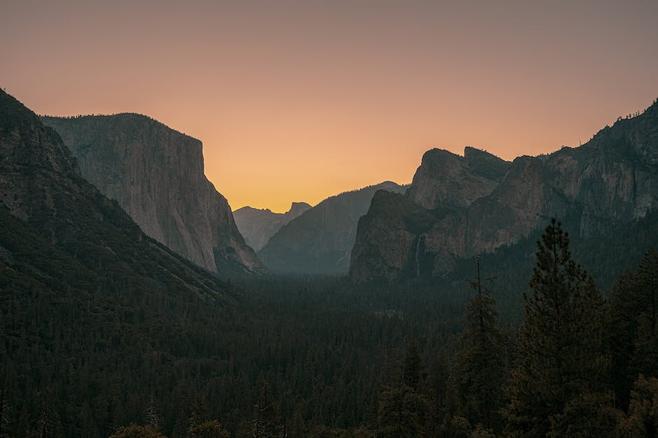
A picturesque valley located in Shingu, Wakayama Prefecture in Japan.
What to see or do: Take a leisurely walk along the Mitarai River and enjoy the serene atmosphere of the valley’s lush green scenery. Visitors can also explore the Mitarai-no-Sato, a traditional Japanese village that showcases the local culture and craftsmanship of the region.
Don’t miss: The Mitarai Valley is particularly famous for its beautiful autumn foliage, which paints the valley in a vibrant palette of reds and oranges.
Insider travel tips: Visit the valley early in the morning to avoid crowds and to enjoy the peaceful ambiance of the area.
Hiking and cycling are also great ways to explore the valley’s natural beauty, and visitors can rent bicycles from nearby shops.
12. Yunomine Onsen
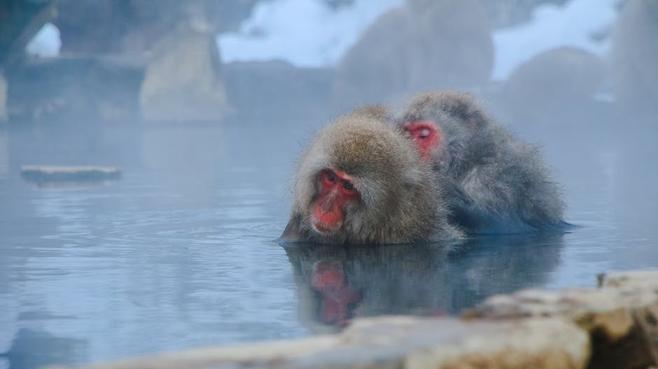
A historic hot spring town located in the Kii Mountains of Wakayama Prefecture, Japan.
What to see or do: Soak in the natural outdoor hot spring baths, visit the UNESCO World Heritage Site of Kumano Kodo pilgrimage trails, and explore the ancient Hongu Taisha Shrine, built in the 12th century.
Don’t miss: Joining the local tradition of Fumoto-Yu, where you wash your body in a small river before soaking in the hot springs.
Also, try the local specialty dish called “Kawayuka,” where you can grill your own fish on a wooden board over the hot spring water.
Insider travel tips: Take a stroll through the charming old town by following the cobblestone streets lined with traditional Japanese inns, shops, and restaurants.
Consider staying at a Ryokan, a traditional Japanese-style inn, for a complete Yunomine Onsen experience.
13. Seiganto-ji Temple
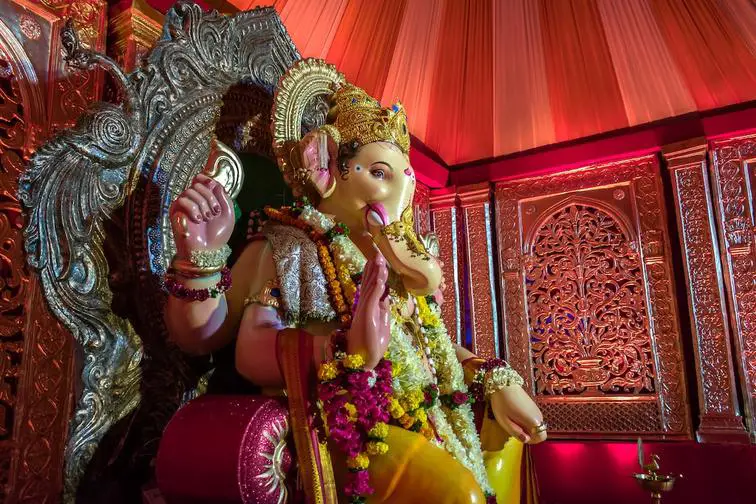
Seiganto-ji Temple is a magnificent temple complex located in the city of Shingu, in Wakayama Prefecture.
What to see or do: The main attraction of Seiganto-ji Temple is the stunning three-story pagoda and the adjacent Kumano Nachi Taisha Shrine, which has been designated as a UNESCO World Heritage Site.
Visitors can also explore the temple’s various halls and gardens, and take in the peaceful atmosphere of the complex.
Don’t miss: Be sure to take a hike up the nearby Daimon-zaka slope, a picturesque trail lined with centuries-old cedar trees that leads up to Nachi Falls, one of Japan’s most famous waterfalls.
Insider travel tips: – For the best photos of the temple and pagoda, visit early in the morning or later in the afternoon to avoid the crowds.
14. Kawayu Onsen
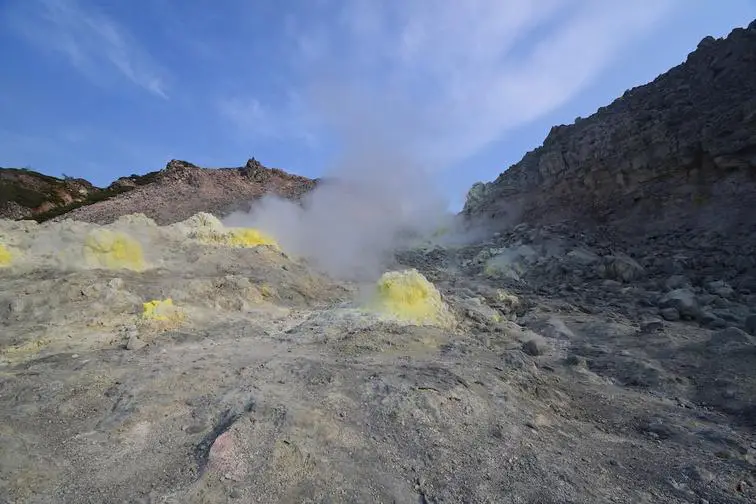
A remote hot spring town located in the mountains of Wakayama prefecture in Japan.
What to see or do: Soak in the natural hot spring baths located along the river. The town also has several temples, shrines, and hiking trails.
Don’t miss: The unique experience of bathing in the river, where hot water bubbles up from the sand. The water temperature can be adjusted by digging and diverting the hot water.
Insider travel tips: It’s best to visit Kawayu Onsen during the colder months, from November to March, when the outdoor hot spring baths are most enjoyable.
Be sure to bring a towel, as they are not provided at the baths. Also, be respectful of the local customs, such as not wearing swimwear in the baths.
15. Shingu City Traditional Craft Center
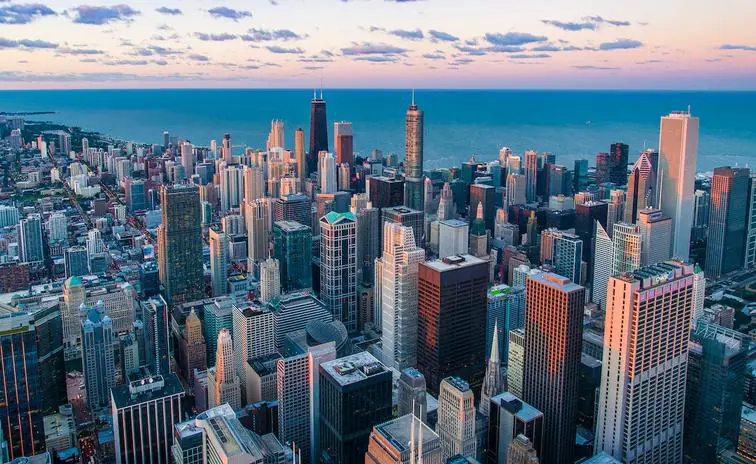
Shingu City Traditional Craft Center is a cultural hub that aims to preserve and promote the region’s traditional crafts.
What to see or do: Visitors can watch skilled artisans create various handmade crafts, including pottery, lacquerware, bamboo crafts, and textiles. The center also holds hands-on workshops where you can learn to make your own traditional crafts.
Don’t miss: The center’s gift shop, selling beautifully crafted products made by local artisans, is a must-visit.
Be sure to check out the intricate and colorful designs of the lacquerware, as they are a unique specialty of the region.
Insider travel tips: The workshops are quite popular, so booking in advance is recommended, especially during peak tourist season.